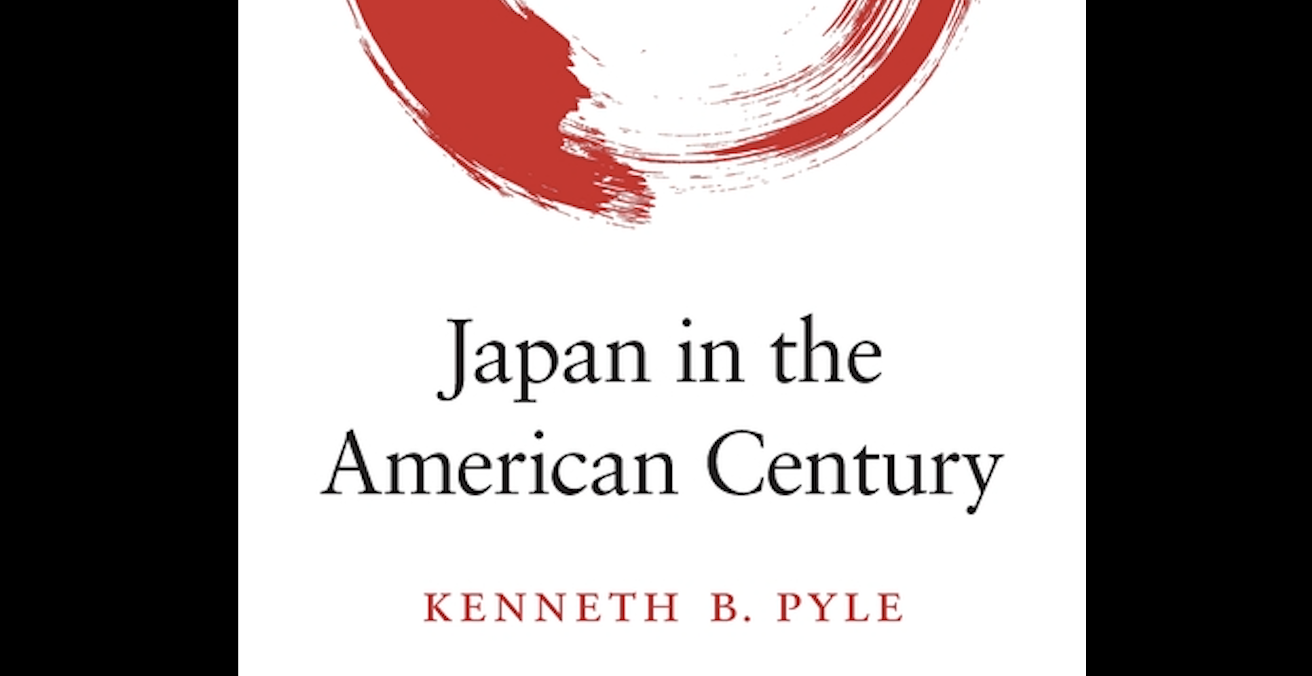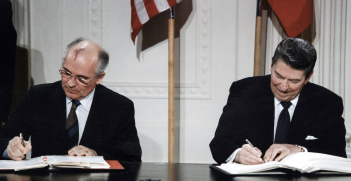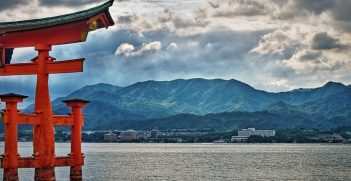Reading Room: Japan in the American Century

Kenneth B Pyle’s Japan in the American Century taps the author’s extensive knowledge of Japanese history to deliver an in-depth and important account of Japan as it rises, falls and rises again.
“No nation was more deeply impacted by America’s rise to world power in the twentieth century and its creation of a new international order than Japan,” writes historian Kenneth B Pyle in his book, Japan in the American Century.
Pyle argues that, contrary to conventional wisdom, the Asia-Pacific war, with Japan and the United States as the main protagonists, did not have its origins in the 1930s. Rather, we must go back to the early years of the twentieth century to find the origins, when “both Japan and America were ambitious, rising imperialist powers engaged in a contest for supremacy in the Pacific.”
This rivalry between emerging powers was exacerbated by US President Franklin D Roosevelt’s insistence on a policy of “unconditional surrender,” not a negotiated peace. The Americans wanted to remake “Japan in their own image to fit into a new liberal world order.” But Pyle argues that unconditional surrender came at a high price as it “provoked last-ditch resistance from the Japanese military leaders and set the stage for the calamitous ending of the war.”
The unconditional surrender policy was soon compromised as General Douglas MacArthur, head of the postwar US occupation, allowed the Japanese Emperor to remain in place – and not be prosecuted for war crimes – and the conservative government bureaucracy was also allowed to remain in power.
The false hopes of Roosevelt’s ill-founded expectation of Soviet-American postwar cooperation were evident with the unfolding Cold War. America’s goal for Japan thus adapted very quickly, as it then sought to fashion Japan into the US leading Cold War ally in Asia and abandoned its enthusiasm for reform, according to Pyle.
Despite anti-American protests in the 1950s, Japan accepted this subordination as it enabled it to concentrate on rebuilding its economy – something which it managed to do in a miraculous fashion. However, Pyle recounts that despite “the most intrusive reconstruction of another nation in modern history,” Japan developed its own unique brand of democracy, capitalism and society.
The last chapter, “Japan in the Twilight of the American Century,” is perhaps the most interesting. According to Pyle, “[e]arly in the twenty-first century, the extraordinary postwar period of American domination of Japan is passing.” The end of the Cold War, the rise of other Asian countries and an assertive China, and doubts about American commitment to the alliance with Japan have brought dramatic changes to Japanese domestic politics and foreign policy. These developments have coincided with the return to power in Japan of Shinzo Abe’s conservative wing of the Liberal Democratic Party, which is pursuing Japan’s most activist foreign policy since 1945.
Pyle’s book does not make for easy reading. It is dense, and in some sections repetitive. In fact, it reads as if Pyle, one of the great historians of Japan, has downloaded a lifetime of research and knowledge. But readers will be greatly rewarded for their efforts. Indeed, this is a very important book. While Japan may have slipped off some radar screens, this country will certainly play an important role in the emerging Asian Century.
Kenneth B Pyle, Japan in the American Century (Cambridge, Massachusetts: Harvard University Press, 2018)
John West is adjunct professor at Tokyo’s Sophia University and executive director of the Asian Century Institute. His recent book “Asian Century … on a Knife-Edge” was reviewed in Australian Outlook.
This article is published under a Creative Commons License and may be republished with attribution.





